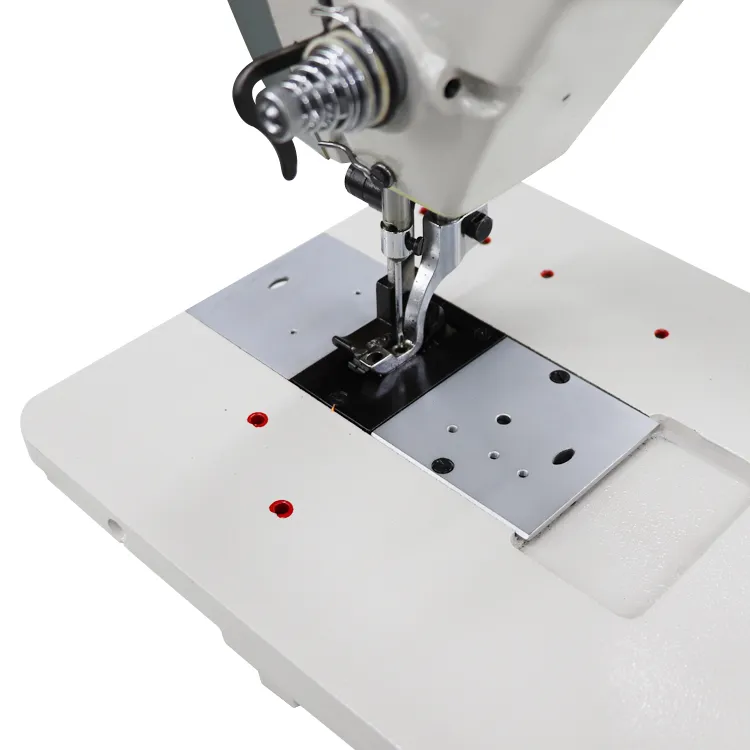heavy duty stitching by hand
Heavy Duty Stitching by Hand A Craft of Durability and Skill
Hand stitching, particularly heavy-duty stitching, has long been a crucial skill in various applications, ranging from leatherworking to upholstery. As technology advances and machine sewing becomes more prevalent, the importance of hand stitching—especially in durable, heavy-duty contexts—remains significant. This article explores the artistry and practicality of heavy-duty hand stitching, emphasizing its benefits, techniques, and applications.
The Importance of Heavy-Duty Stitching
Heavy-duty stitching is essential for items that require exceptional strength and durability. In industries such as leather crafting, outdoor gear manufacturing, and textile repairs, this type of stitching ensures that seams can withstand significant stress and strain. Whether it’s a leather bag meant to carry heavy loads or a tent that needs to endure harsh weather conditions, heavy-duty hand stitching provides the longevity that machine stitching sometimes cannot deliver.
One of the critical reasons for choosing hand stitching over machine stitching in heavy-duty applications is control. Hand stitching allows artisans to make precise adjustments, ensuring that every stitch is perfectly placed and that the tension is consistent throughout the seam. This is particularly important in situations where the fabric is bulky, as it can be challenging to manage with a sewing machine.
Techniques of Heavy-Duty Hand Stitching
Several techniques are commonly employed in heavy-duty hand stitching. The saddle stitch, often used in leatherworking, is one of the most popular methods. This technique employs two needles working simultaneously through the same hole, which creates a strong, interlocking stitch. The result is a seam with substantial tensile strength, making it ideal for items that undergo frequent use.
heavy duty stitching by hand

Another technique is the whip stitch, which can be used for securing edges or joining two pieces of fabric. While not as strong as the saddle stitch, it is effective for applications where flexibility is required. For more decorative finishes, the running stitch can add a personalized touch while still being robust enough for everyday items.
Additionally, using the right materials is crucial for the success of heavy-duty hand stitching. Heavy-duty threads made from polyester or nylon provide the necessary strength, while needles designed for thick materials prevent breakage and facilitate easier stitching through multiple layers.
Applications in Everyday Life
The applications of heavy-duty hand stitching are vast and varied. Many leather goods, such as wallets, belts, and bags, are crafted using hand-stitching techniques to ensure they last for years. Outdoor enthusiasts often rely on hand-stitched gear, including tents, backpacks, and tarps, knowing these items can bear the rigors of adventure.
Moreover, heavy-duty hand stitching can play a critical role in repairs. Whether it’s a beloved pair of jeans, a favorite jacket, or a cherished piece of outdoor equipment, knowing how to execute heavy-duty stitches by hand can extend the life of these items, providing them with a second lease on life.
Conclusion
In a world increasingly dominated by machines, the art of heavy-duty stitching by hand remains a vital skill. It not only emphasizes durability and strength but also celebrates craftsmanship and personal touch. From leather goods to outdoor gear, the ability to perform heavy-duty hand stitching can ensure that items are not only functional but also imbued with the care and skill of the maker. As we appreciate the value of handmade goods, the tradition of hand stitching continues to thrive, proving that some techniques are truly timeless.
-
Industrial Cylinder Arm Sewing Machine: Revolutionizing Heavy-Duty SewingNewsJul.28,2025
-
Cylinder Arm Sewing Machine: Perfect for Special Sewing ApplicationsNewsJul.28,2025
-
Cylinder Bed Sewing Machine: Essential for Sewing Complex MaterialsNewsJul.28,2025
-
Heavy Duty Sewing Machine: The Essential Tool for Industrial ApplicationsNewsJul.28,2025
-
Computerized Pattern Sewing Machine: Revolutionizing Precision StitchingNewsJul.28,2025
-
Heavy Duty Industrial Sewing Machine: Power Meets PrecisionNewsJul.28,2025
-
Leather Sewing Machine: The Industrial Standard for Tough MaterialsNewsJul.18,2025





























